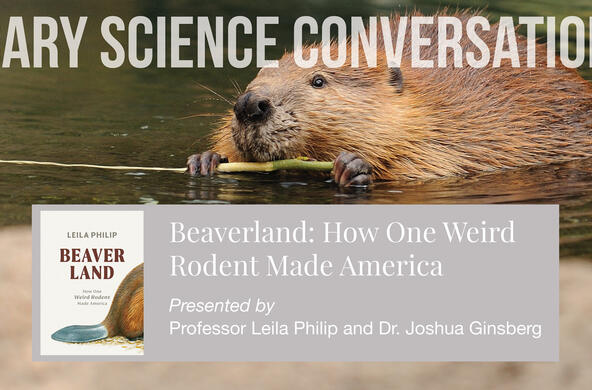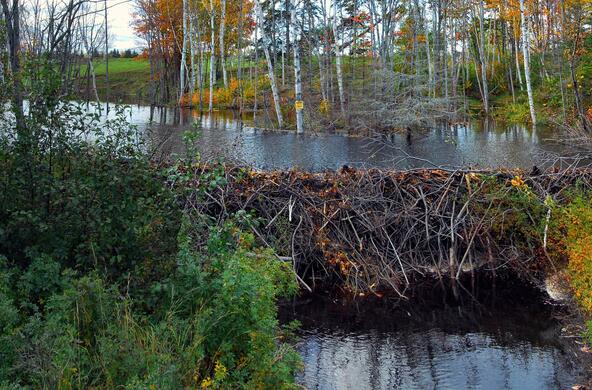Those of us who collected butterflies as kids know that their populations are much lower now than in the 1950s. Our data are only memories, now reinforced by formal, long-term studies of insect populations in several regions. Recent work in the western United States has shown that butterflies have declined at a rate of about 1.6% per year during the past 40 years, associated with warming in the autumn. In the West, populations of Monarch butterflies persist only in urban areas; elsewhere their numbers have declined from several million to less than 2000 individuals.
Butterflies have declined in the East as well, and the poster child for the decline is the Monarch—a species with an iconic migration pattern between habitats throughout the eastern U.S. and Canada and wintering grounds in Mexico. There is hot debate about the cause of the decreasing population—loss of winter habitat in Mexico, pesticide use across the farmlands of America, or extirpation of milkweed—the obligate food plant of monarchs in their summer habitat.
No question that milkweed is an ugly plant—a rough, gangly weed that can fall over and still manage to grow sideways. Its blossoms are singularly uncharismatic when they are beyond their prime. Nevertheless, I’ve whined for years about the loss of global biodiversity, so a couple of years ago my wife and I decided to tackle this project head-on: we planted milkweed on our property in Maine. We collected seeds from a milkweed patch alongside a shopping center’s parking lot, vernalized them in our refrigerator for a few weeks, and planted them in odd corners of the yard.
By this spring, we had about a dozen milkweed plants, and by mid-summer we found about 10 fully mature (5th instar) larvae feeding on them. We’ve also seen some freshly hatched adults, which we assume are ours. We will never know how many of our young Monarchs will hatch to adulthood and make a successful trip to Mexico, but our contribution to the local population was easy and palpable to achieve.
So often we deplore the losses of biodiversity, but do little to prevent it. If milkweed is lacking, there is plenty of opportunity to help. Millweed reproduces by seed and underground rhizomes. Plant it, and they will come.
Reference
Crone, E.E. and C.B. Schultz. 2021. Resilience or catastrophe? Possible state change for Monarch butterflies in western North America. Ecology Letters 24: 1533-1538.
Forister, M.L., et al. 2021. Fewer butterflies seen by community scientists across the warming and drying landscapes of the American West. Science 371: 1042-1045
Pennisi, E. 2021. Are monarchs in trouble? Science 371: 219-220.
Pleasants, J.M. and K.S. Oberhauser. 2013. Milkweed loss in agricultural fields because of herbicide use: Effect on the Monarch butterfly population. Insect Conservation and Diversity 6: 135-144.
Wepprich, T., J.R. Adrion, L. Ries, J. Wiedmann, and N.M. Haddad. 2019. Butterfly abundance declines over 20 years of systematic monitoring in Ohio, USA. Plos One 14: doi: 10.1371/journal.pone.0216270







